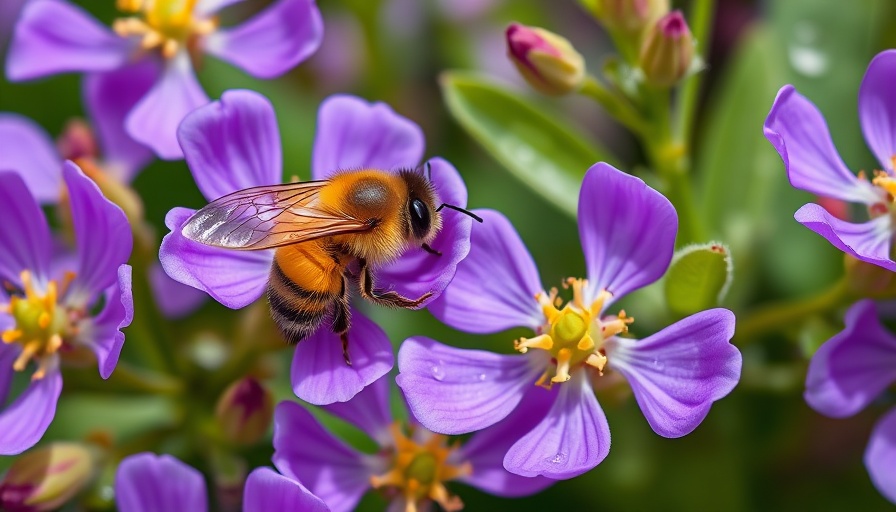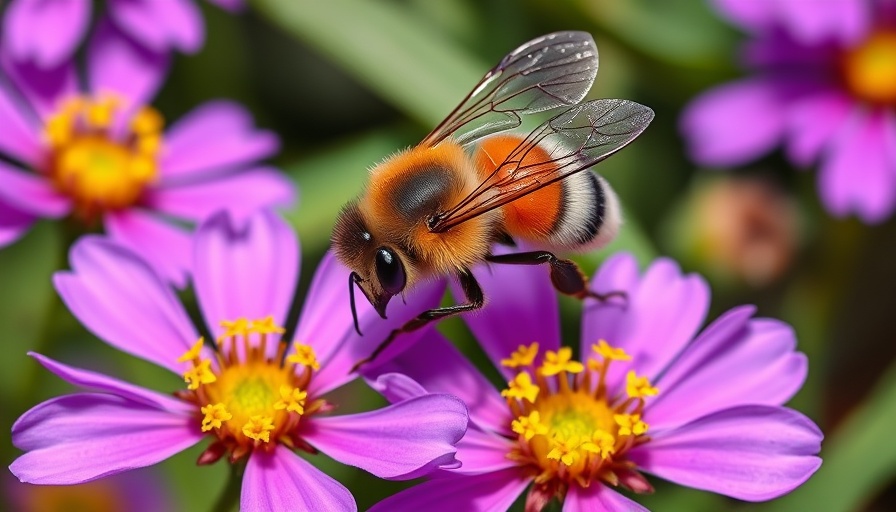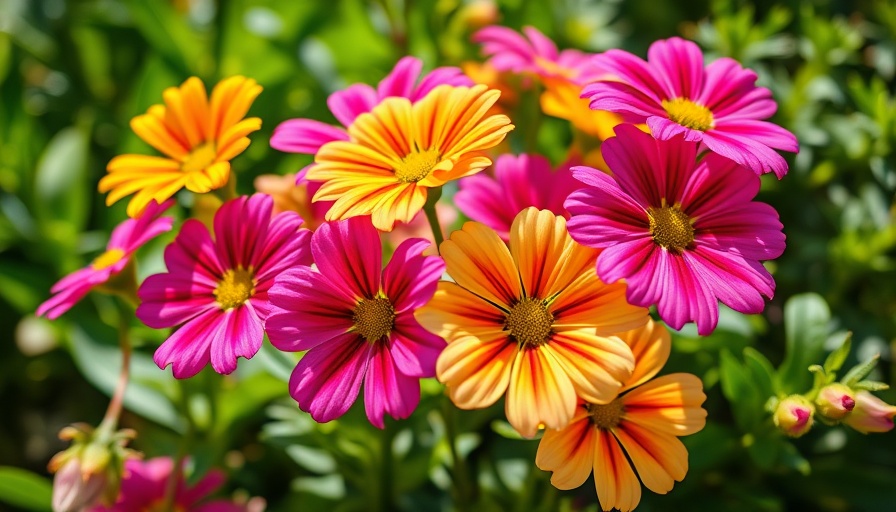
Understanding the Intriguing Relationship Between Invasive Plants and Pollinators
In the beautiful tapestry of our gardens, the roles that both invasive plants and pollinators play can often be overlooked. While invasive species are typically seen as detrimental, a closer examination reveals a surprising interdependence that raises important questions for gardening enthusiasts.
The Pollinator Crisis: A Deep Dive
Bees and other pollinators are in crisis due to habitat loss, pesticides, and climate change. Their decline poses a serious threat to the plants we cherish, including many food crops. Surprisingly, certain invasive plants can provide a sanctuary for these vital creatures. Many gardeners unwittingly overlook or resent these plants, missing out on their potential benefits for pollinators.
Invasive Plants: The Double-Edged Sword
Invasive species such as Japanese knotweed or purple loosestrife can quickly dominate a landscape, outcompeting natives. However, they also offer blooms that attract pollinators at critical times when native options may be scarce. The dilemma becomes clear: Are these plants harmful, or do they serve a purpose?
Benefits of Embracing Certain Invasive Species
For those who love outdoor living and gardening, understanding which invasive plants may contribute positively is a game changer. For example, some were recently found to provide essential food sources for bees in the early spring. Gardeners should approach this issue with open minds, asking themselves how they can strike a balance while enhancing their gardens.
Garden Planning Tips: Striking Harmony
When planning your outdoor space, consider integrating some invasive plants strategically while managing them properly. Here are some garden planning tips:
- Combine decorative raised garden beds with fast-growing invasive plants to create a visually stunning environment that also supports pollinators.
- Utilize flower beds that incorporate both native and invasive species, ensuring that bees have access to year-round food sources.
- Plan your seasonal planting to ensure blooms at different times, enhancing both the aesthetic and ecological value of your garden.
Creating an Eco-Friendly Yard
As we embrace invasive plants, it’s essential to adopt eco-friendly yard care practices. Low maintenance landscaping can be achieved by combining attractive invasive plants with proper soil management, mulching techniques, and efficient yard drainage solutions. A well-planned garden not only provides beauty but also nurtures the ecosystem.
The Big Picture: A Need for Education and Awareness
The relationship between invasive plants and pollinators underscores a larger conversation about conservation and biodiversity. Many gardeners may initially view invasive plants negatively but understanding their role can help foster a more productive environment. By hosting garden workshops and community discussions, we can raise awareness and help our neighbors learn about effective gardening practices.
This balanced approach allows us to celebrate the vibrancy of our personal green spaces while also recognizing our responsibility to create healthy ecosystems. Why not take part in creating an engaging community movement towards better gardening practices?
Conclusion: Embrace the Journey
Exploring the relationship between invasive plants and pollinators opens up opportunities for both beautiful gardens and ecological awareness. As outdoor living aficionados, we can leverage this knowledge to beautify our own environments while supporting our local ecosystems.
Let’s rethink our gardens with care, creativity, and a focus on building a lively community of plant lovers! Discover outdoor kitchen designs, fire pit ideas, and other inspirations to transform your backyard into an ecological haven!
 Add Row
Add Row  Add
Add 




 Add Row
Add Row  Add
Add 

Write A Comment